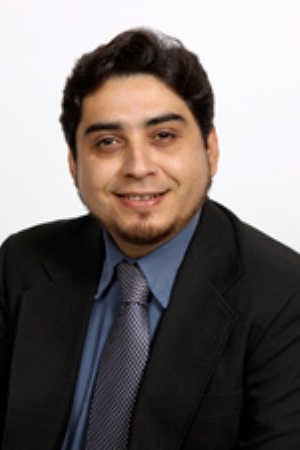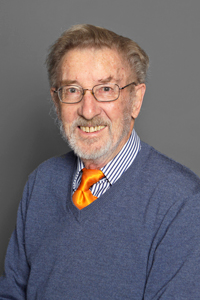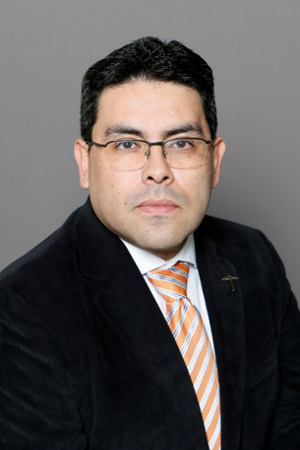Inorganic Chemistry
Dr. Skye Fortier

Research Interests
Research in the Fortier laboratory is largely driven by fundamental scientific and chemical curiosity in the basic sciences – particularly in the area of molecular inorganic chemistry.
The group's research activities focus on “pushing the envelope” by examining the chemistry of metals in unusually low oxidations states and in unusual coordination environments. From this work, we have made new discoveries with implications towards traditionally challenging reactions such as C-H activation chemistry. Other research interests include the activation of small molecules as well as tackling energy related problems using photoactive metal complexes..
The Fortier laboratory is especially adept in the synthesis, purification, crystallization, handling, and characterization of air and water sensitive molecules and paramagnetic complexes.
Website
Dr. Juan Noveron

Research Interests
Development of advanced materials with applications in (1) water treatment and environmental sustainability, (2) clean energy and storage, and (3) medical localized therapeutics and prevention. Special emphasis in developing innovative low-cost solutions and methods that facilitate potential global deployment and utilization in low-resource areas.
Website
Dr. Keith Pannell

Research Interests
Synthesis and evaluation of actinide extractants. Steps toward membrane separations.
Website
Dr. Dino Villagran

Research Interests
Our research projects fall into the areas of physical inorganic chemistry with primary emphasis on multielectron redox chemistry. Other areas of chemistry such as computational, synthetic and analytical chemistry are part of the focus of our group. We target problems of energy, environmental chemistry, and magnetism focusing on physical measurements and computational and theoretical studies. We utilize advanced synthetic techniques to prepare novel inorganic compounds based on transition metals that target the activation of small molecules and at the same time we pursue studies on their electrochemical and magnetic properties. We synthetically manipulate the structure and bonding of these inorganic compounds to tailor them to perform attractive multielectron redox chemistry. Our research program relies on X-ray crystallography, UV-Vis spectroscopy, electrochemistry, computational methods, and magnetic measurements to obtain information on energy and environmental problems and to expand our objectives into other novel transition metal scaffolds.
Website




